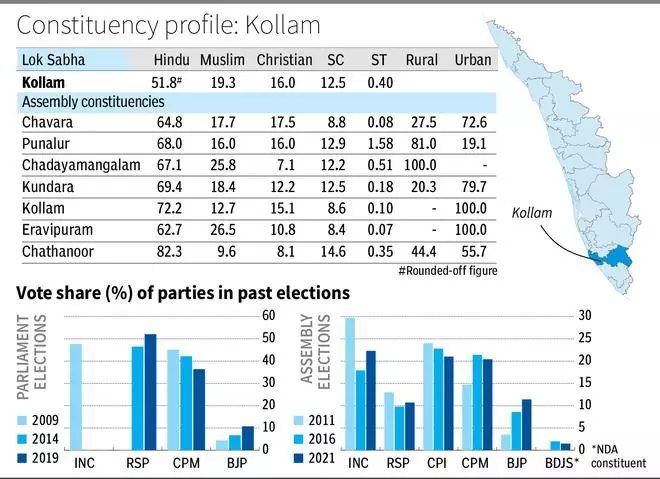In May 2023, shortly after LIGO (Laser Interferometer Gravitational-Wave Observatory) turned back on for its fourth run of observations, it detected a gravitational-wave signal from the collision of an object, possibly a neutron star, with a suspected black hole. 2.5 to 4.5 times the mass of our Sun.
The signal, called GW230529, is of interest to researchers because the mass of the candidate black hole falls within the so-called mass gap between the most massive known neutron stars, which is slightly more than two solar masses, and the least known black hole, which is approx. Five solar masses. While gravitational wave signals alone cannot reveal the true nature of these objects, future detections of similar events, especially those with bursts of light, may hold the key to the question of how low-mass black holes can be.

The image shows the merger and merger of a lower-mass-gap black hole (dark gray surface) with a neutron star (heavily tidally distorted by the black hole’s gravity). This still image of the merger simulation highlights only the lower-density components of the neutron star, ranging from 60 grams per cubic centimeter (dark blue) to 600 kilograms per cubic centimeter (white). Its shape highlights the strong distortions of the neutron star’s low-density material. Image credit: Ivan Markin, Tim Dietrich (University of Potsdam), Harald Paul Pfeiffer, Alessandra Buonno (Max Planck Institute for Gravitational Physics)
“The latest discovery demonstrates the impressive science potential of the gravitational-wave detector network, which is significantly more sensitive than it was in the third observing run,” says Jane Driggers (PhD ’15), the discovery’s lead scientist at LIGO Hanford in Washington, along with LIGO Livingston in Louisiana. One of two facilities that make up the LIGO Observatory.
LIGO History was made in 2015 After conducting the first direct investigation of gravitational waves in space. Since then, LIGO and its partner detector in Europe, Virgo, have detected nearly 100 mergers between black holes, a handful between neutron stars, as well as mergers between neutron stars and black holes. The Japanese detector Kagra joined the gravitational-wave network in 2019, and the team of scientists collectively analyzing data from all three detectors is known as the LIGO-Virgo-KAGRA (LVK) collaboration. The LIGO observatories are funded by the National Science Foundation (NSF), and are conceived, built, and operated by Caltech and MIT.
The recent discovery also suggests that collisions involving lightweight black holes may be more common than previously thought.
“This discovery, the first of our exciting results from the fourth LIGO-Virgo-KAGRA observation, shows that the uniform collision rate between neutron stars and low-mass black holes may be higher than we previously thought,” says Jess McIver, University of British Columbia. Assistant Professor at Columbia, Deputy Spokesperson for the LIGO Scientific Collaboration, and former Postdoctoral Fellow at Caltech.
Before the GW230529 event, another interesting mass-gap candidate object was identified. In that event, which occurred in August 2019 and is known as GW190814, a A compact object of 2.6 solar masses is found As part of a cosmic collision, but scientists aren’t sure if it was a neutron star or a black hole.
After a break for maintenance and upgrades, the fourth observing run of the detector will resume on April 10, 2024, and continue until February 2025.
Written by Whitney Clavin
Source: Caltech
#unusually #faint #black #hole #candidate #observed #LIGO





Leave a Reply